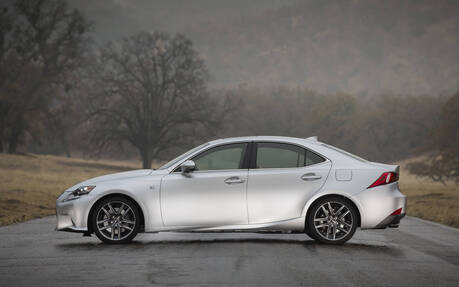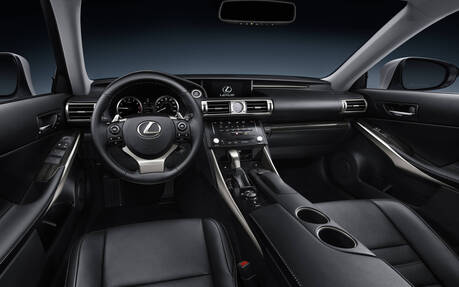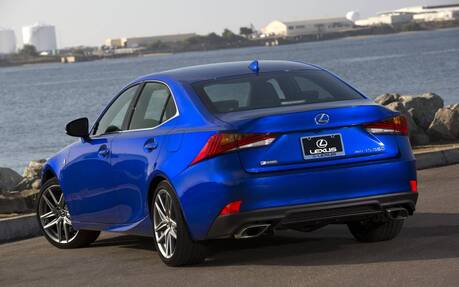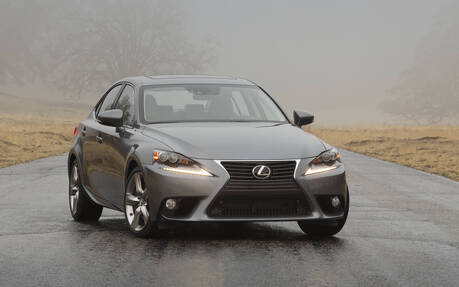2014-2020 Lexus IS: What You Need to Know Before You Buy
Lexus' entry-level Lexus IS compact sedan has undergone an important redesign for the 2021 model-year. However, many elements were carried over from the previous generation, which remains a very interesting choice for buyers.
Thinking about it? Here’s what you need to know about the 2014-2020 Lexus IS.
- Also: 2015-2021 Lexus NX: Things to Know Before You Buy
- Also: 2024 Lexus IS Proves You Can’t Have Too Much Selection
An Attractive Look
In terms of design, this particular generation has set the base for the model we have now; the hourglass grille, the bevelled tail lights, the curved relief line on the lower flanks … Its exterior is still very relevant today. By the way, a convertible IS was offered for the model’s first two years.

When opening the doors, you’ll find a cabin that, once again, has barely changed after the 2021 redesign. For those who are not familiar with this interior, the central screen is deeply encased in the upper part of the dashboard, an analog clock is fitted under it, and on the console, the gear lever is flanked by some sort of mouse called “Remote Touch”, used to control the multimedia system. Despite the wrist-rest, using that control requires patience and is not optimal for the driver. You’ve been warned.
The front seats offer sufficient room but the backseat does not. As for the trunk, it can only carry 306 litres.

Under the Hood
Under the hood, the first IS 250 and 250 AWD were driven by a 2.5-litre V6 with 204 horsepower, while the 350 and 350 AWD versions contained a 3.5-litre V6 with 306 horsepower. Do you need more? The IS F had a 416-horsepower 5.0-litre V8—enough to compete with the same-period BMW M3—and its manual transmission had eight gears.
For 2016, Lexus has overhauled its engine line, choosing a turbocharged four-cylinder with 241 horsepower (IS 200T), then a naturally-aspirated V6 with 255 or 306 horsepower (IS 300 AWD and IS 350 AWD). The first only transferred its power to the rear wheels while the second came with an all-wheel drive, which was not the best option for fuel economy.
One year later, the Lexus IS received minor aesthetic modifications, including new wheels and new colour options. Then, in 2018, the base trim was re-baptized IS 300 (still a propulsion) while the all-wheel drive IS 300 and IS 350’s horsepower were respectively raised to 260 and 311.

In more recent IS models, Lexus offered the Premium, F SPORT and Luxury packages, as well as a Black Line edition. Safety was improved with the standard Lexus+ feature, and the 15-speaker Mark Levinson audio system brought joy to the music lover.
To conclude, the 2014-2020 generation of Lexus IS offers great reliability, comfortable sports seats, a high-quality interior finish and an efficient all-wheel drive system. However, its driving experience is not as engaging as it is with some German rivals, its multimedia system lacks user-friendliness, and space at the back is lacking too, especially in the trunk. Also, beware the fuel pump on certain models, which has been the subject of a recall.
